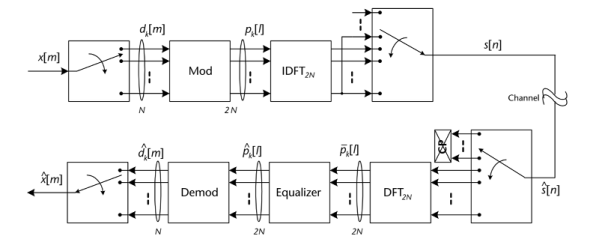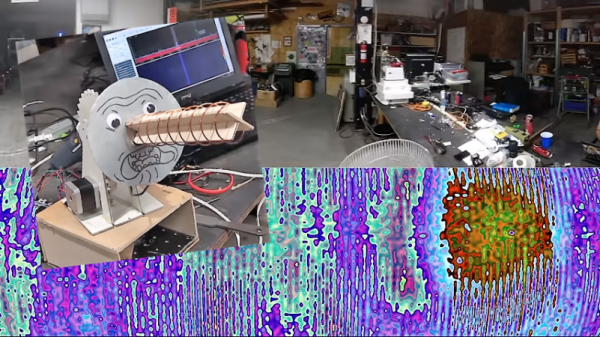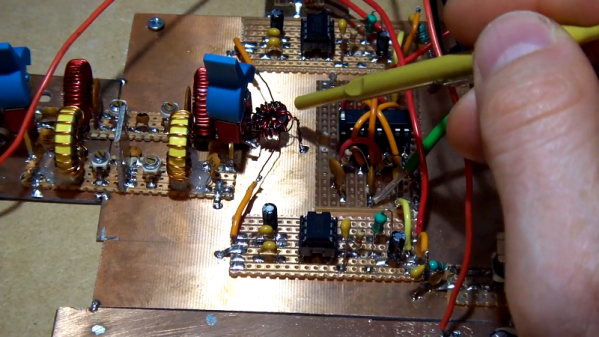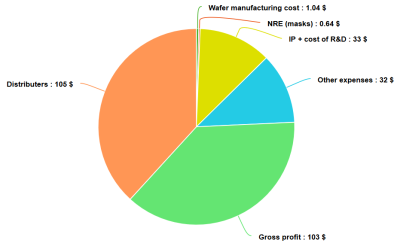Software-defined radio has been around for years, but it’s only recently that it’s been accessible to those of us who don’t have tens of thousands of dollars worth of equipment in their lab. Here’s a new book from Analog Devices that gives you the lowdown on software-defined radio. It’s heavy on MATLAB and components from Analog, but it’s still a solid foundation for SDR.
Do you like cyberpunk? Do you like stories about rebellious people overthrowing the system? How about androids? Do you like androids? Here’s a Kickstarter that’s tying all of that together. Neptune Frost is (will be?) a movie about an e-waste village in Burundi that’s home to the ‘world’s most subversive hacking collective’, a coltan miner and an inter-sex runaway. It’s literally got everything.
Hey, this is cool, Hackaday has been cited in a journal article. The title of the article is An open-source approach to automation in organic synthesis: The flow chemical formation of benzamides using an inline liquid-liquid extraction system and a homemade 3-axis autosampling/product-collection device, and can be found in Tetrahedron Volume 74, Issue 25, 21 June 2018, Pages 3152-3157.
Asteroid day was a few days ago, and there’s a Kickstarter to go with it. The Planetary Society, headed up by Bill Nye (a science guy) is raising awareness about the threat of asteroid impacts. There’s hilarious swag that says ‘Kick Asteroid’, even though actually kicking an asteroid might be a bad idea; a gravity tractor would be the best method of nudging the orbit of an asteroid given enough time.
Last year, a company in the US trademarked the word ‘RetroPie’ and used that trademark to sell Raspberry Pis loaded up with (you guessed it) RetroPie software. This company also used the trademark to force anyone else doing the same to stop. Obviously, this didn’t sit well with the developers of RetroPie. After some generous legal help, the RetroPie trademark issue has been resolved. That’s a tip of the hat to Eckland & Blando who offered some pro bono legal work.







 The financial analysis puts Analog Devices’s gross profit at about $103 of the $275 retail purchase price of an AD9361. The biggest slice at $105 goes to the distributor, and surprisingly the R&D and manufacturing costs are not as large as you might expect. How accurate these figures are is anybody’s guess, but they are derived from an R&D figure in the published financial report, so there is some credence to be given to them.
The financial analysis puts Analog Devices’s gross profit at about $103 of the $275 retail purchase price of an AD9361. The biggest slice at $105 goes to the distributor, and surprisingly the R&D and manufacturing costs are not as large as you might expect. How accurate these figures are is anybody’s guess, but they are derived from an R&D figure in the published financial report, so there is some credence to be given to them.









